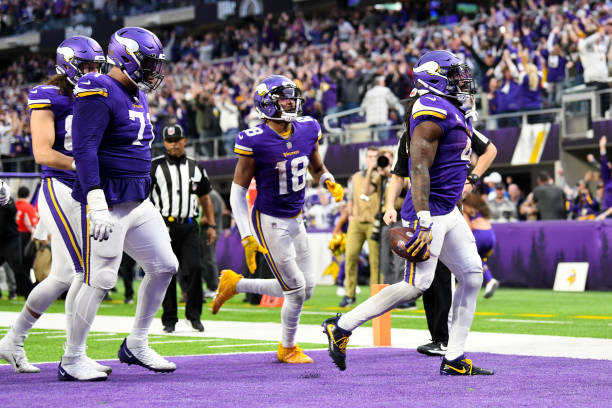The Vikings’ recent trade, executed three weeks ago, remains intriguing mainly due to the lack of clarity regarding its purpose. Why did they pull the trigger on a deal in mid-March, sending two second-round picks to the Texans for the No. 23 overall pick? While it’s understandable why the Texans made the move, given their previous trade involving Minnesota’s 2025 second-rounder for Stefon Diggs, the Vikings’ motivation is less apparent. The prevailing assumption is that they aimed to bolster their draft capital to facilitate a significant move up the board for a quarterback.
The Vikings have publicly stated that they value the flexibility provided by these two first-round picks (Nos. 11 and 23), insisting that staying put at their current positions is an option. However, would they have made the trade if not planning to ascend into the top five? Despite three weeks passing since the trade, there hasn’t been any subsequent move by the Vikings. Perhaps they are biding their time until draft day to assess the situation. Nevertheless, armed with two first-round picks, the Vikings find themselves in a challenging position. By telegraphing their intentions to trade up, they may have inadvertently given leverage to the teams in the top five.
In a recent quarterback-focused mock draft by ESPN, the Vikings trade picks 11, 23, and their 2025 first-round selection to move up to the Cardinals’ No. 4 spot and select J.J. McCarthy. While this seems like a hefty price to pay for a seven-spot jump, Arizona holds the upper hand. They could opt to stay put or entertain offers from other teams. If the Vikings prioritize McCarthy over other quarterbacks, such as Michael Penix Jr., they may need to offer a substantial package to secure the No. 4 or No. 5 pick.
Ultimately, the evaluation of the Texans trade hinges on the Vikings’ draft-day actions. Fortunately, we are only three weeks away from witnessing the outcome.

